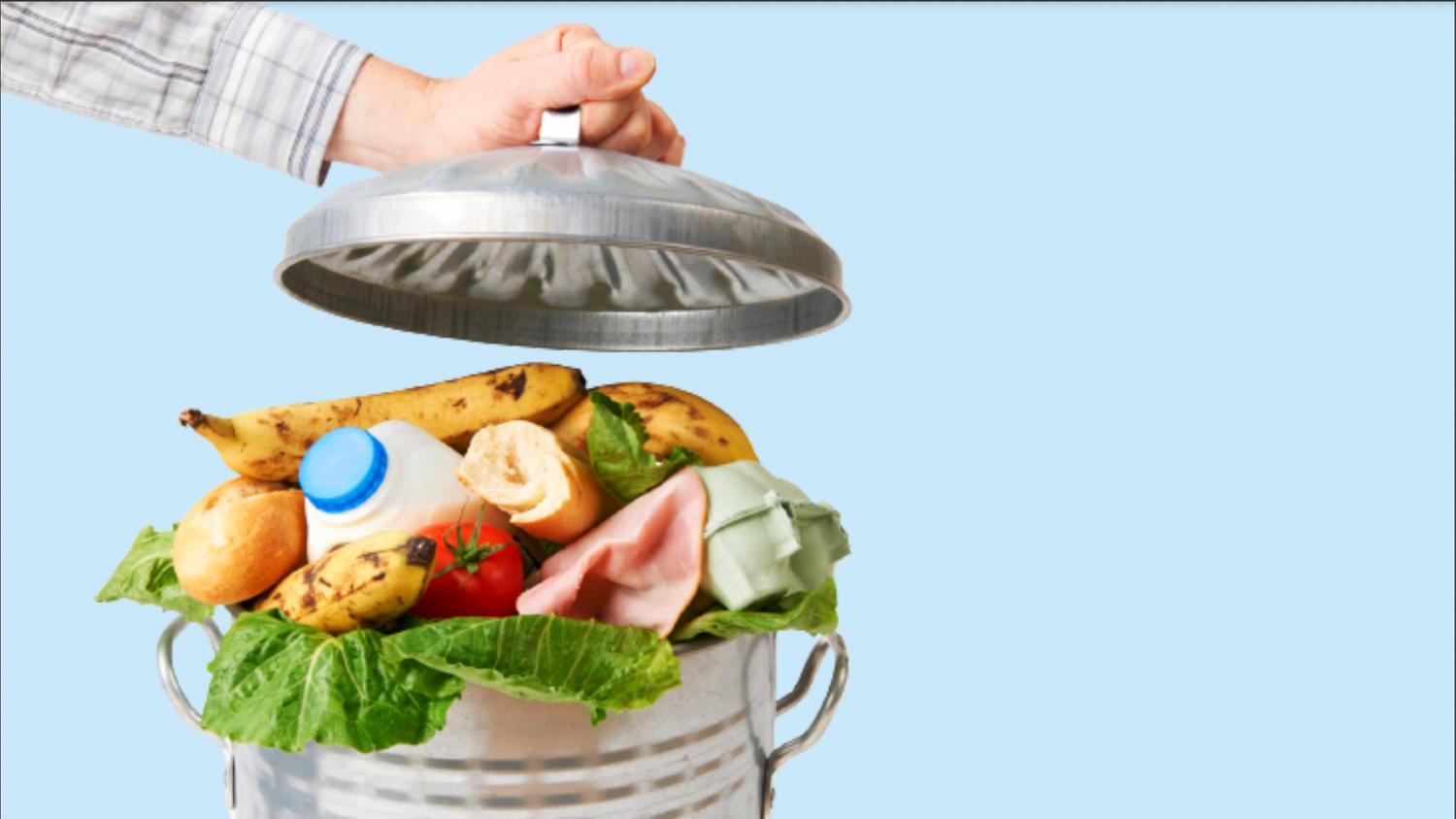Go Green with GreenJinn: Zero-waste eating
by Laurent O.
October 15, 2021
4 MIN READ
Welcome to Go Green with GreenJinn – our sustainability series! 🌱
In this series we will be sharing all things eco-friendly and sustainable, including easy tips and tricks for you to try at home.
We are so excited to welcome our guest, Ellen Tout! Ellen is providing her top tips on being more sustainable at home and reducing your food waste.
Keep reading to see what Ellen’s top zero food waste tips are! ⬇️
Reduce food waste with these compleating hacks!
Want to reduce your food waste and get the most from your ingredients? Compleating could be the answer! Ellen has recently published her book ‘The Complete Book of Vegan Compleating’ which explains in further detail what compleating is and how we can all start.
Compleating means eating all edible parts of fruits, vegetables and herbs- and that includes things like the peel, seeds and cores! It not only saves you money, but also means you are getting the maximum goodness from your ingredients. It is a creative way of cooking and greatly reduces the food you waste.
Food waste plays a big role in the climate crisis. In fact, it’s responsible for 8-10% of global greenhouse gas emissions. Shockingly, 70% of the food we waste from our homes could have been eaten. By compleating, you can make the most of your ingredients, reducing food waste at the same time.
Time to get compleating! Some favourite recipes include carrot top pesto, toasted pumpkin seeds, veggie peel crisps, broccoli stalk stir-fry and whole cauliflower cheese. Try these simple hacks to start compleating.
Make homemade veggie offcuts stock
Did you know that regular sponges are made from a mixture of plastic fibres? Not only do plastic sponges take hundreds of years to break down, but they can also release tiny plastic microfibers into our waterways each time you use them. These microfibers are easily digested by sea animals and can also leach nasty toxins into the water.
To avoid this plastic pollution, I recommend using a Luffa sponge instead. Luffa sponges are made from the dried pod of the Luffa plant. I buy one big Luffa and slice this to make around 8 or 9 sponges which normally lasts me almost a year. The natural structure of Luffa gives the perfect firmness and scouring power that you require from a sponge.
Save banana peels for baking banana bread
Banana bread is perfect for saving old brown bananas from going to waste. But did you know, you can also use banana peels for baking?
Chop, simmer and blend the nutrient-rich skins for 10 minutes to mash into your favourite cake recipe. Banana peels are really tasty and packed with potassium.
Whip up some vegetable peel crisps
Most root vegetables don’t need peeling, just a good scrub, but if you do peel them then treat yourself to some homemade crisps.
Toss the peelings in a little oil and season with salt, pepper and optional garlic powder. Spread evenly on a tray and bake at 180ºC for 10 minutes until crispy.
You’ll never waste vegetables peelings again!
Munch on toasted pumpkin or squash seeds
Pumpkin and squash seeds are full of protein and goodness.
To roast the seeds, rinse off any pulp and coat them in a little oil and seasoning, such as smoked paprika.
Bake on a tray at 180ºC for 10 minutes until toasted. Delicious as a snack or garnish.
Peeled pumpkin or squash skins are also great cooked in the same way.
Use aquafaba as an egg-replacer
Aquafaba (the liquid from a can of chickpeas) is a magic ingredient and can be used in place of eggs in dishes such as mousse, mayonnaise and meringue.
To make a chocolate mousse, melt 100g chocolate and set aside to cool. Meanwhile, in a bowl use an electric whisk to whip 100ml aquafaba. Whisk for 10 minutes until stiff peaks form.
Fold in the cooled melted chocolate to combine. Taste the mousse and add sweetener, such as agave or maple syrup, to taste. Decant into ramekins and chill for a few hours before serving.
Make your own apple cider vinegar.
Apple peels and cores are perfect for making your own cider vinegar.
Place them in a jar with one tablespoon of sugar and enough water to cover.
Stir well and cover with a piece of muslin secured with a rubber band.
Leave for a month, stirring often. Strain out and compost the fruit. Cover and leave for another month until vinegary.
